In today’s society, functioning CCTV cameras play a pivotal role in ensuring safety and security, both as a deterrent to potential threats and as a means of gathering evidence when incidents occur. However, encountering video loss in CCTV cameras can significantly undermine their effectiveness, leading to increased vulnerability and potential loss.
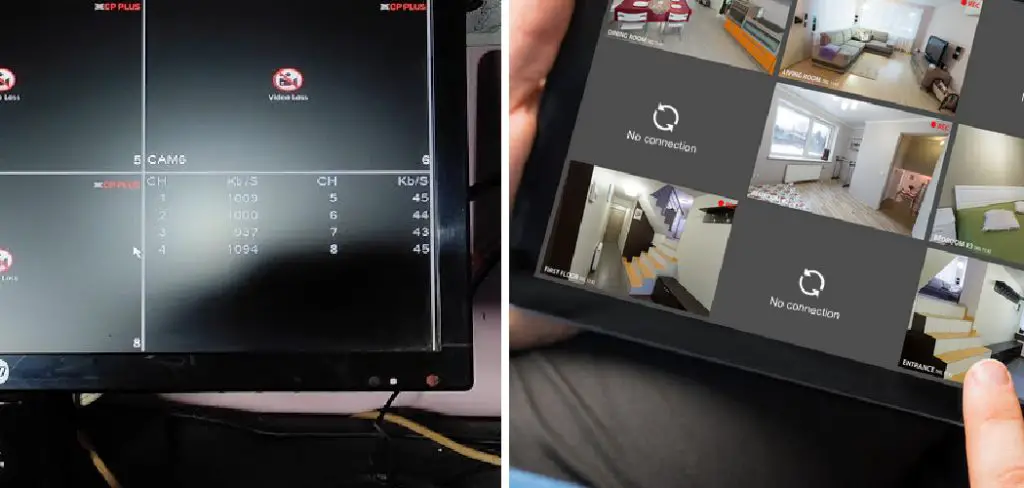
Various factors can contribute to video loss, ranging from simple power interruptions to more complex network issues. Understanding how to fix CCTV camera video loss is critical for quickly restoring security measures and maintaining continuous surveillance.
This guide aims to dissect the common causes behind video loss and provide a structured approach to troubleshooting and fixing them. It’s essential to accurately identify the underlying issue before proceeding with any repairs to prevent further complications, ensuring that your security system remains reliable and functional.
Understanding Your CCTV System
CCTV (Closed-Circuit Television) systems come in various types, primarily analog and IP (Internet Protocol) systems, each with its unique setup and components. Analog systems, the more traditional form, send video signals directly from the camera to a recorder via coaxial cables.
These systems are straightforward but offer limited resolution and require direct cable connections to the recorder. On the other hand, IP systems transmit video over a network, allowing for higher-resolution footage and the flexibility to access video feeds remotely.
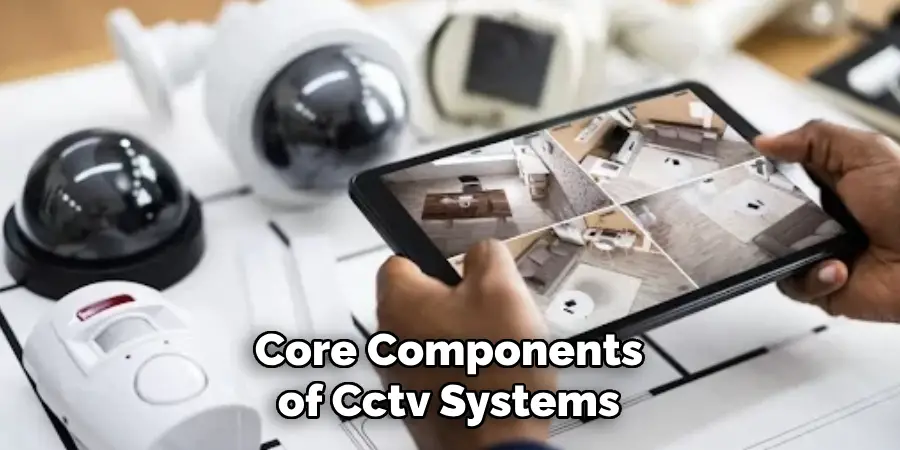
The core components of CCTV systems include the cameras, which capture the video; recorders, such as DVRs (Digital Video Recorders) for analog systems or NVRs (Network Video Recorders) for IP systems, which store and manage the footage; and the cables or network infrastructure that connect these elements.
The troubleshooting methods outlined in this guide might differ slightly based on whether your system is analog or IP due to their differing technologies and components. Before attempting any repairs or diagnostics, it’s crucial to familiarize yourself with your specific CCTV system’s layout and components.
Understanding the type of system and how its components interact can significantly streamline the troubleshooting process, allowing for more accurate and efficient resolution of any issues.
How to Fix CCTV Camera Video Loss: A Comprehensive Guide
1. Checking Physical Connections
One of the most frequently overlooked yet crucial steps in addressing CCTV camera video loss involves checking physical connections. Loose connections between the camera, cables, and recorder can easily disrupt the transmission of video signals, leading to partial or complete video loss.
This issue is particularly prevalent in environments where cables may be accidentally knocked loose, or connectors become gradually unseated due to vibration or thermal expansion and contraction.
To tackle this, start with a thorough visual inspection of all connections relating to the CCTV system. This includes checking the connections at the camera itself, any power supply units, and the recorder.
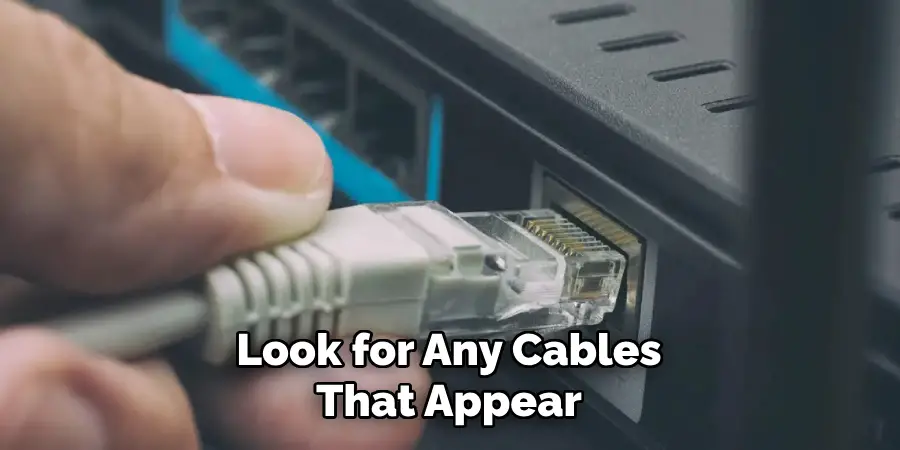
Look for any cables that appear to be dangling, partially unplugged, or not fully inserted into their respective ports. It is not uncommon for cables to become slightly dislodged over time, which might not be immediately obvious at a glance.
After identifying any potentially loose connections, the next step is to secure them. Gently push any partially connected plugs into their sockets until they are firmly seated. If dealing with screw-on connectors (common in coaxial cables for analog systems), ensure they are tightened snugly, but be careful not to overtighten as this can damage the connector or the cable.
For systems that use Ethernet cables (typical of IP cameras), ensure the RJ-45 connectors click into place when inserted, indicating a secure connection.
In cases where the connections appear damaged or severely worn—perhaps due to environmental factors or age—it may be necessary to replace the cables or connectors altogether. Damaged cables can introduce resistance and signal loss that simply reseating the connection cannot resolve.
Securing all physical connections is a critical yet simple step that can often rectify video loss issues without needing more complicated troubleshooting measures. This process ensures that the signal path from the camera to the recorder is uninterrupted and helps diagnose further issues by eliminating the most basic potential causes of video loss.
Always handle connections and cables carefully to avoid causing additional damage, which could further complicate the troubleshooting process.
2. Power Issues
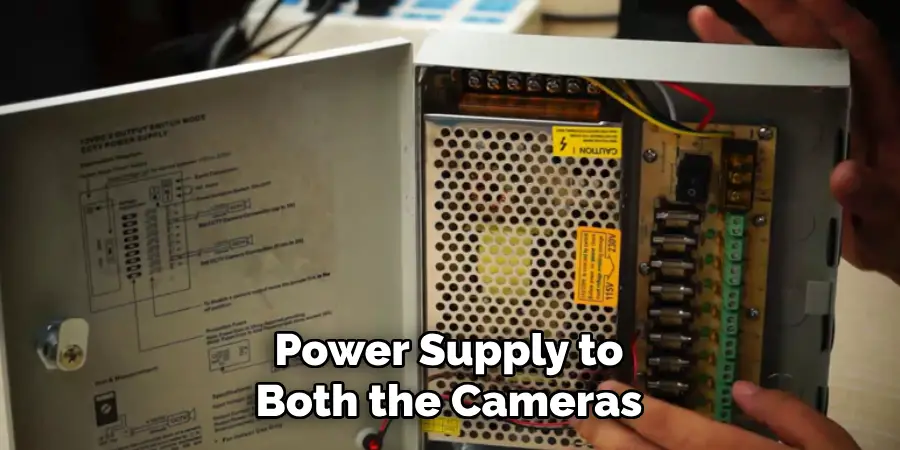
Another critical aspect to consider when troubleshooting CCTV camera video loss is the power supply to both the cameras and the recorder. Insufficient or interrupted power can lead to sporadic video loss or the camera’s failure to transmit video.
It’s essential to verify that the camera’s power adapter is functioning correctly and that it is securely connected. If available, start by checking the LED indicators on the power supply unit to ensure it is active. For cameras powered by a direct power connection, ensure the power outlet is operational by plugging in a different device to test its efficacy.
Equally important is ensuring that the recorder, whether a DVR or NVR, receives power and is turned on. Just as with the cameras, start by examining any LED power indicators on the recorder to confirm it is on. Check for any loose connections or faulty power cords that might be causing intermittent or complete power failure to the unit.
Sometimes, the issue may not be with the power supply itself but with the power settings in the recorder’s software configuration, such as programmed shutdown/startup times or power-saving modes that might affect its operation.
For systems where cameras are powered through Power over Ethernet (PoE) from the network switch, ensure that the switch is properly powered and functioning. A failure in the switch or a misconfiguration can affect power delivery to the cameras, resulting in video loss.
A voltage drop can occur in some instances, especially with long cable runs, leading to insufficient power reaching the camera. This can often be resolved by using a PoE extender or upgrading to a switch with higher power output capabilities.
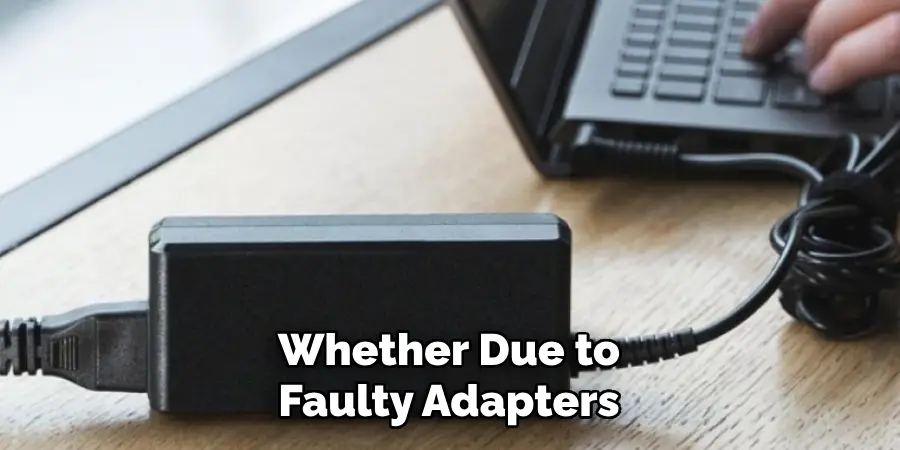
In summary, both the camera and recorder’s power supplies are foundational to their operation. Any disruption in power, whether due to faulty adapters, loose connections, or incorrect settings, can directly impact the ability of the CCTV system to capture and record video.
Regularly inspecting and maintaining these power connections can prevent many common issues related to video loss.
3. Cable Issues
Damaged or faulty cables are common culprits in CCTV camera video loss, as they can significantly disrupt the transmission of video signals. The integrity of both video and power cables is essential for the continuous operation of your CCTV system.
Over time, cables can suffer from wear and tear, environmental exposure, or even damage from rodents or other physical stressors. This can result in cuts, fraying, or even exposed wires, all of which can interfere with signal quality.
To diagnose and resolve issues stemming from cable damage, start with meticulously inspecting all cables involved in the CCTV system. Pay close attention to any visible signs of damage, such as cuts, kinks, fraying, or exposed conductive materials. These imperfections can lead to signal degradation or loss and, in some cases, short circuits that may further damage your system.
If damage is detected on a cable, the best course of action is to replace it immediately with a new one that matches the type and length of the original cable. It is crucial to use the correct cable type (e.g., coaxial for analog systems, Cat5e or Cat6 for IP cameras) to ensure compatibility and optimal signal transmission.
In instances where a spare cable is readily available, testing the system with this spare can be beneficial to ascertain if the issue is indeed with the original cable. This can help confirm the source of the problem without the immediate need for purchasing new components. If the video loss issue is resolved with the spare cable, this confirms that the original cable was at fault.
Addressing cable-related issues promptly by inspecting and replacing damaged cables can effectively alleviate many video signal transmission problems in CCTV systems. Regular maintenance and inspection of cables can preemptively catch and resolve these issues before they escalate, ensuring the longevity and reliability of your surveillance system.
4. Camera and Recorder Settings
Examining the camera and recorder settings in addressing CCTV video loss is critical, as incorrect configurations can inadvertently disable video output or create compatibility issues. Often overlooked during troubleshooting, these settings can directly impact your CCTV system’s functionality.
First and foremost, consulting the manual for both your camera and recorder is essential. Manuals typically provide specific instructions on accessing and adjusting various settings, which can significantly differ from one model to another. Without proper reference to these documents, one may overlook critical settings that could resolve video loss issues.
The primary aspect to verify for cameras is the video output format and resolution. These settings must match the recorder’s capabilities. Using an incompatible video format or a resolution setting higher than what the recorder supports can lead to video loss or severe degradation in video quality.
Most modern CCTV systems support a variety of formats and resolutions, but ensuring a match is paramount for successful operation.
On the recorder side, confirm that the camera’s appropriate video channel and input type are correctly selected and enabled. Recorders, whether digital video recorders (DVRs) or network video recorders (NVRs), can often support multiple video inputs and types.
Incorrectly assigning the camera to the wrong channel or selecting an incompatible input type (e.g., analog vs. digital) can result in the camera’s video not being displayed or recorded.
Additionally, ensuring that no settings, such as scheduled recording times or motion-detection settings, are misconfigured is important. For example, a recorder set only to capture video upon detecting motion might not display continuous video if the sensitivity is too low or the motion-detection area is not correctly configured.
Lastly, it’s worth checking for any firmware updates for both the camera and the recorder. Manufacturers often release updates to improve functionality, add new features, or resolve known issues. An outdated firmware version could cause compatibility or functionality issues, leading to video loss.
By methodically reviewing and adjusting the settings on both the camera and the recorder, many common issues resulting in video loss can be quickly identified and rectified. Regular maintenance checks, including a review of these settings, can preempt potential problems and ensure your CCTV system operates reliably and effectively.
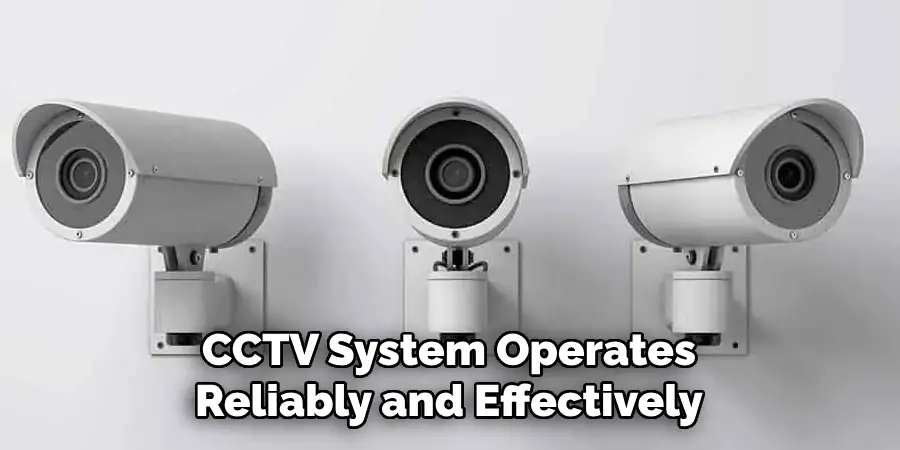
5. Network Issues (if applicable)
In the realm of IP cameras, encountering network-related issues can significantly contribute to video loss or degraded video quality. Given their dependency on network connectivity, it is pivotal to ensure that each camera connects to the network and maintains a stable connection with a valid IP address.
This process involves referring to Part 1 of the documentation on how to find the IP address for your camera, which provides step-by-step guidance on securing this critical information.
Network conflicts represent another critical area that could disrupt the seamless communication between the camera and the recorder.
Such conflicts typically arise when two devices on the same network claim the same IP address, sending data packets to the wrong device or failing to reach their intended destination altogether. Identifying and resolving these conflicts is crucial to restoring the network’s integrity and functionality.
A systematic approach is recommended to troubleshoot these network issues effectively. Begin by restarting both the camera and the router or network switch, as this simple action can often re-establish lost connections and clear minor glitches that may have occurred.
Next, verify the integrity of the network cable connections for IP cameras. Loose or damaged cables can compromise the quality of the connection, causing intermittent or complete loss of video signals.
If these initial steps fail to resolve the network issues, consulting detailed network troubleshooting resources becomes necessary. Depending on the complexity of the problem, it might also be prudent to seek assistance from an IT professional who has the expertise to diagnose and address more intricate network-related anomalies.
The stability and reliability of the communication between IP cameras and the recorder can be significantly enhanced by addressing network connectivity, resolving potential conflicts, and employing thorough troubleshooting procedures. This ensures that your CCTV system remains operational and effective in its surveillance role.
Advanced Troubleshooting
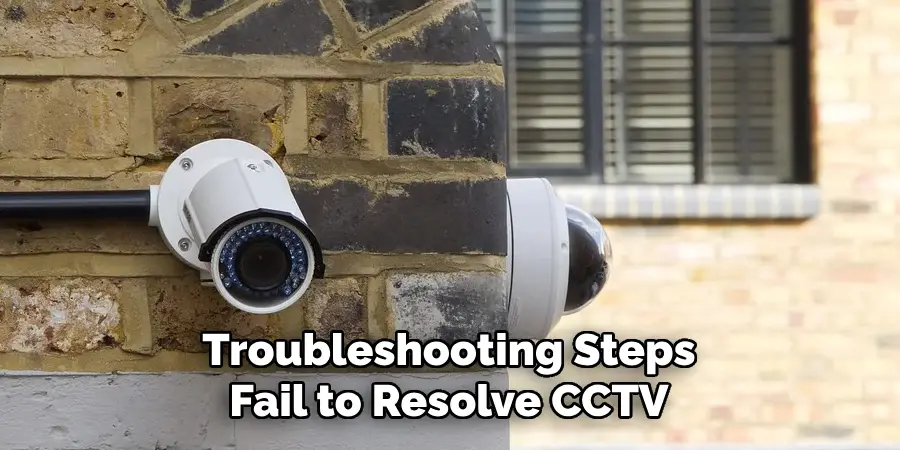
When all basic troubleshooting steps fail to resolve CCTV video loss issues, it may become necessary to consider more advanced techniques. Outdated firmware is a common underlying cause that is often overlooked.
Manufacturers continually improve their products through firmware updates that can enhance performance, add features, and, crucially, fix known bugs that could be causing video loss or quality degradation.
Outdated Firmware
Cameras and recorders running on outdated firmware are not uncommon in CCTV systems, particularly if the system has been operational for several years without regular checks for updates. Outdated firmware can lead to a range of issues – from minor glitches to significant operational malfunctions, including persistent video loss.
Check for Updates
The first step is to check for available updates to address potential firmware-related issues. This can usually be done by visiting the manufacturer’s website or through the device’s interface if it supports internet connectivity.
Most manufacturers provide detailed guides on checking your device’s firmware version and updating it to the latest version. It’s essential to ensure that the firmware version you’re downloading is compatible with your specific model to avoid introducing new issues.
Caution
Updating firmware is a critical process that can improve the functionality of your devices, but it comes with its risks. Incorrectly updating firmware, such as using the wrong version or experiencing a failure during the update process (e.g., power loss), can make the device inoperable.
Therefore, firmware updates should be cautiously approached and preferably undertaken by individuals who are comfortable with the process. If in doubt, it is advisable to seek professional assistance.
Seek Professional Help
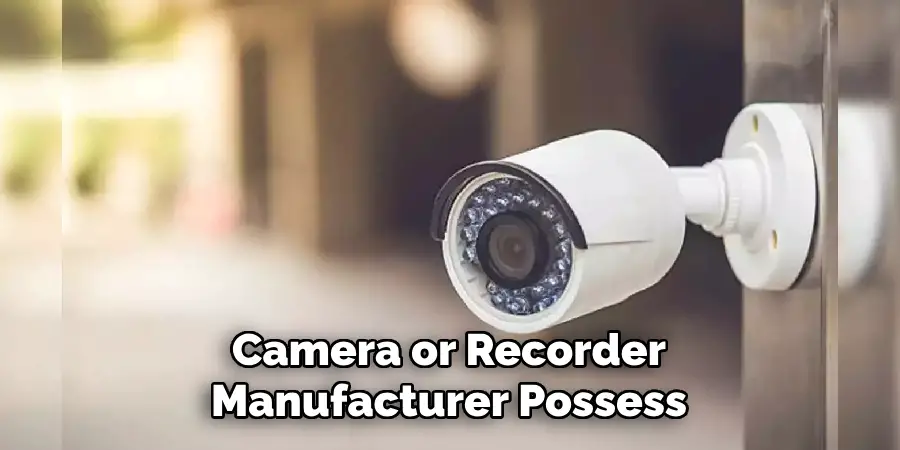
If the video loss issues persist after attempting the outlined steps, including updating the firmware, it might be time to consult a professional. Qualified CCTV installers or technicians from the camera or recorder manufacturer possess the necessary expertise to diagnose and resolve complex issues that are beyond the scope of typical user-led troubleshooting.
Additionally, they can offer insights into whether the problem stems from hardware failures that require repairs or replacements.
That’s it! You’ve now learned how to fix CCTV camera video loss issues through basic and advanced troubleshooting techniques. By following the steps outlined in this documentation, you can nowCertified Cctv Installers or Technicians Possess issues that may arise in your CCTV system.
Remember to regularly check for updates and maintain proper network connectivity to ensure optimal performance of your cameras and recorder. And if all else fails, don’t hesitate to seek professional assistance from qualified technicians for more complex problems.
Additional Resources
In navigating the complexities of CCTV system troubleshooting, leveraging a range of additional resources can significantly aid in identifying and resolving issues. Below are some valuable resources:
- Manufacturer Websites: Most manufacturers maintain comprehensive websites loaded with a wealth of information, including user manuals, troubleshooting guides, frequently asked questions (FAQs), and support forums. These resources can be instrumental in understanding your system’s functionalities and troubleshooting procedures. For the most accurate information, make sure to visit the specific section of the manufacturer’s website dedicated to your product model.
- Online Communities: Participating in online forums and communities specialized in CCTV systems can offer insights and solutions from individuals who have faced similar challenges. Platforms such as Reddit, Stack Exchange, or specific tech forums often feature discussions that can provide practical advice, innovative solutions, and moral support from a community of experienced users and professionals.
- Professional Assistance: When faced with persistent issues that defy all troubleshooting attempts, it might be time to seek the expertise of a professional. Certified CCTV installers or technicians possess the necessary skills, tools, and experience to diagnose and remedy complex issues that might not be apparent to the average user. Professional assistance ensures that your system’s issues are addressed thoroughly, potentially saving time and avoiding further complications.
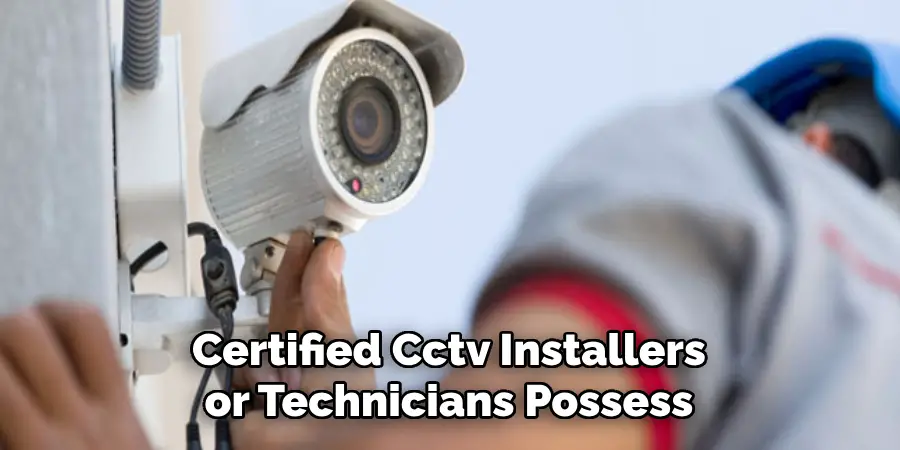
Leveraging these resources can vastly enhance your troubleshooting capabilities, providing a broader spectrum of solutions and support.
Whether it’s performing a firmware update based on a manufacturer’s guide, gaining insights from a shared experience in an online forum, or relying on the expert diagnosis of a professional, you’re better equipped to tackle the challenges that come with maintaining a robust CCTV system.
Conclusion
In conclusion, understanding how to fix CCTV camera video loss involves a structured approach beginning with fundamental checks, such as ensuring all connections are secure and the power supply is functioning correctly. Following this initial assessment, further troubleshooting should include reviewing device settings and investigating potential network-related issues.
It is also prudent to consult the camera and recorder manuals for model-specific instructions and guidelines. When facing more complex challenges, such as outdated firmware, caution is advised. These advanced troubleshooting steps can improve system performance but carry risks if not executed carefully.
For issues that seem beyond your comfort level or persist despite all efforts, seeking professional help is a wise and effective option. This pathway helps safeguard your CCTV system’s operational integrity and ensures that surveillance capabilities are restored with minimal risk of further complications.


